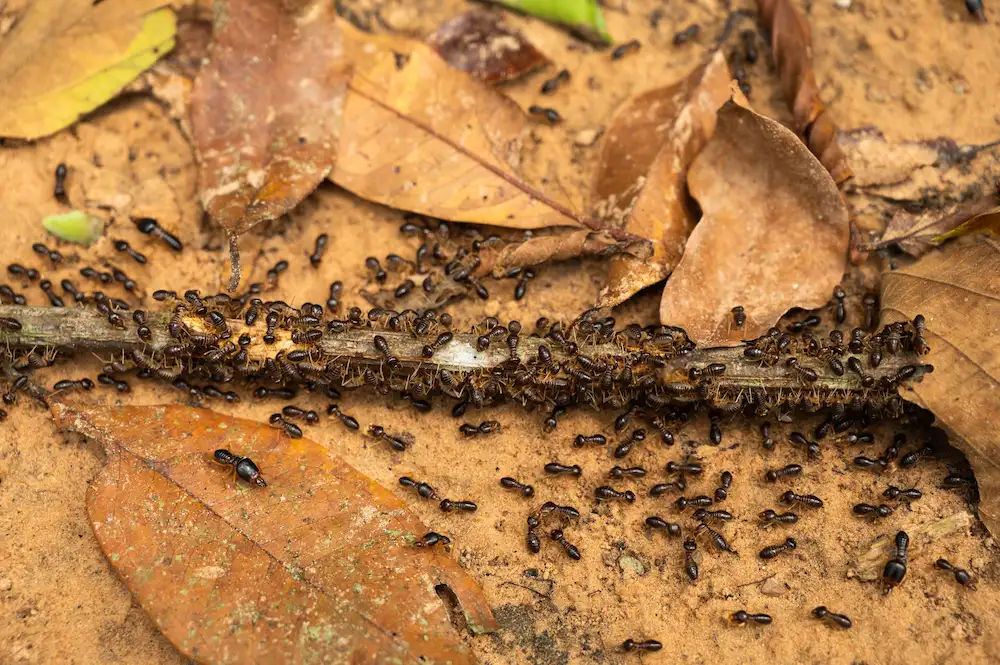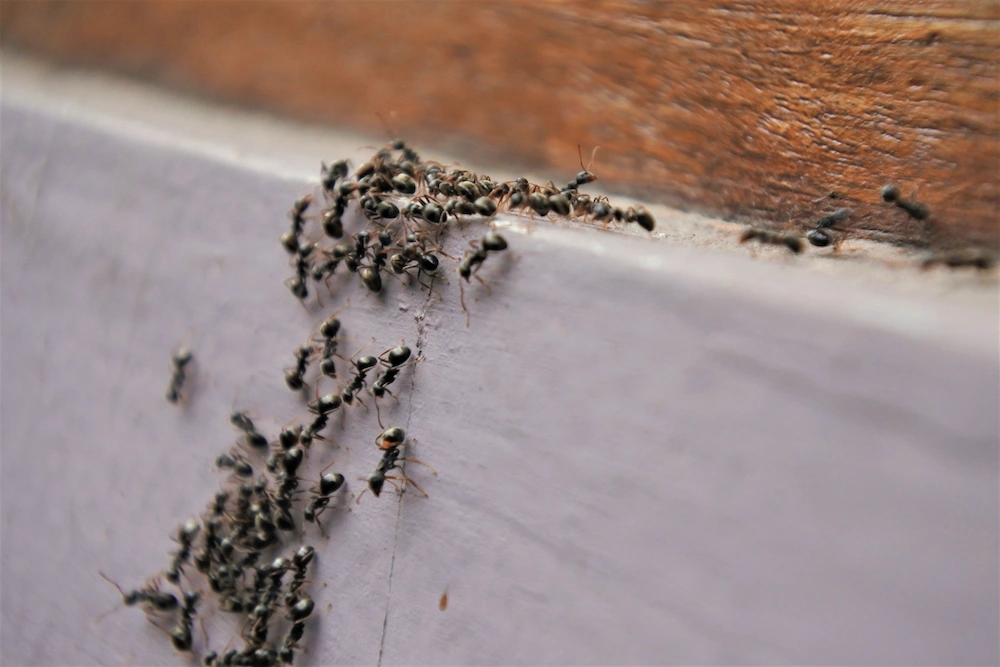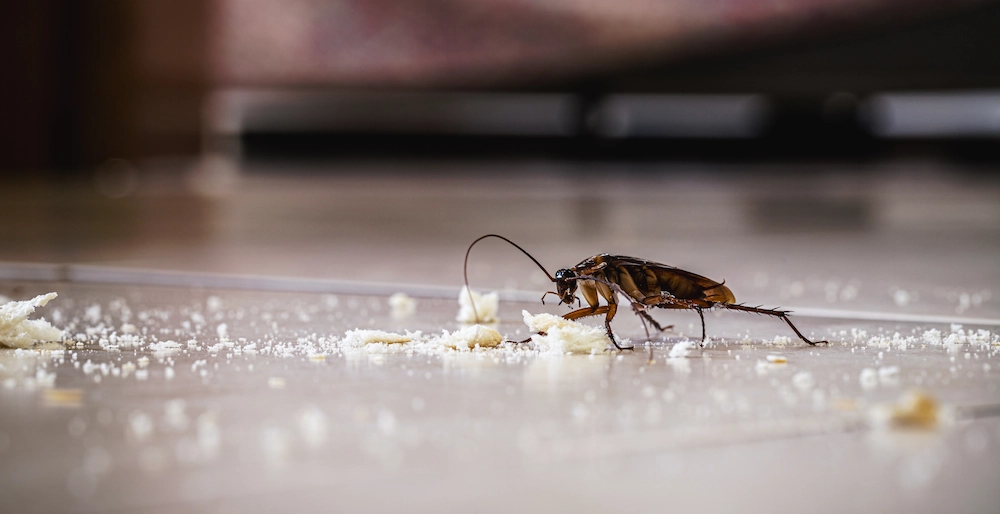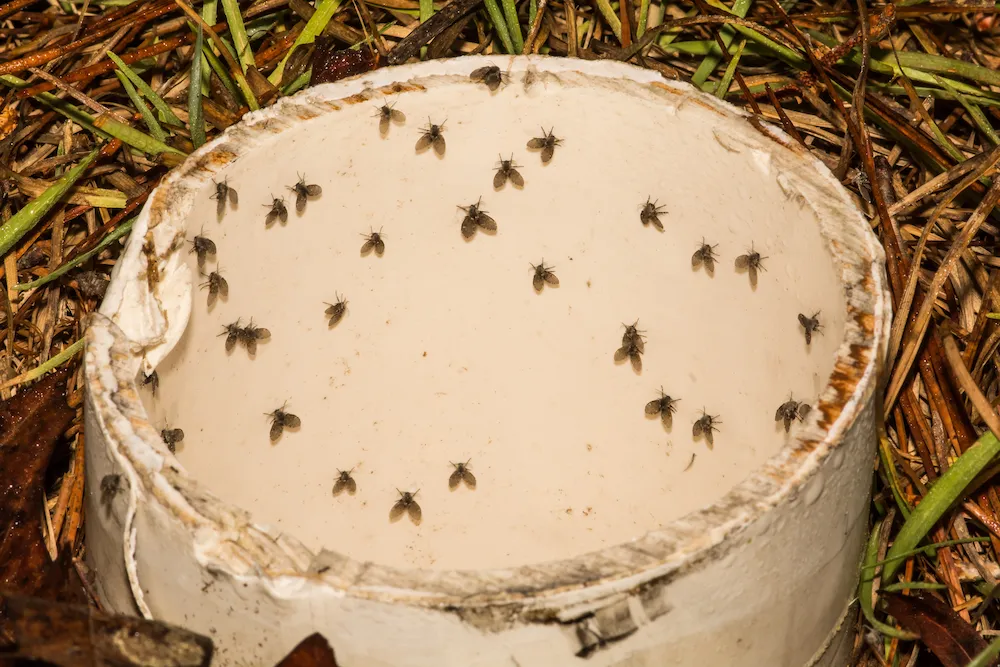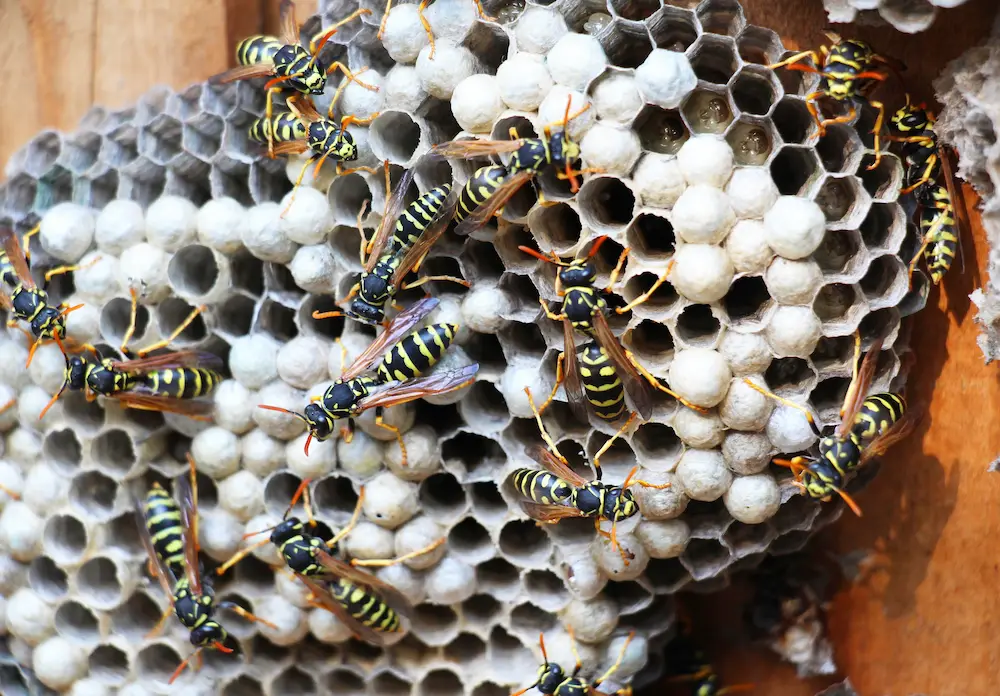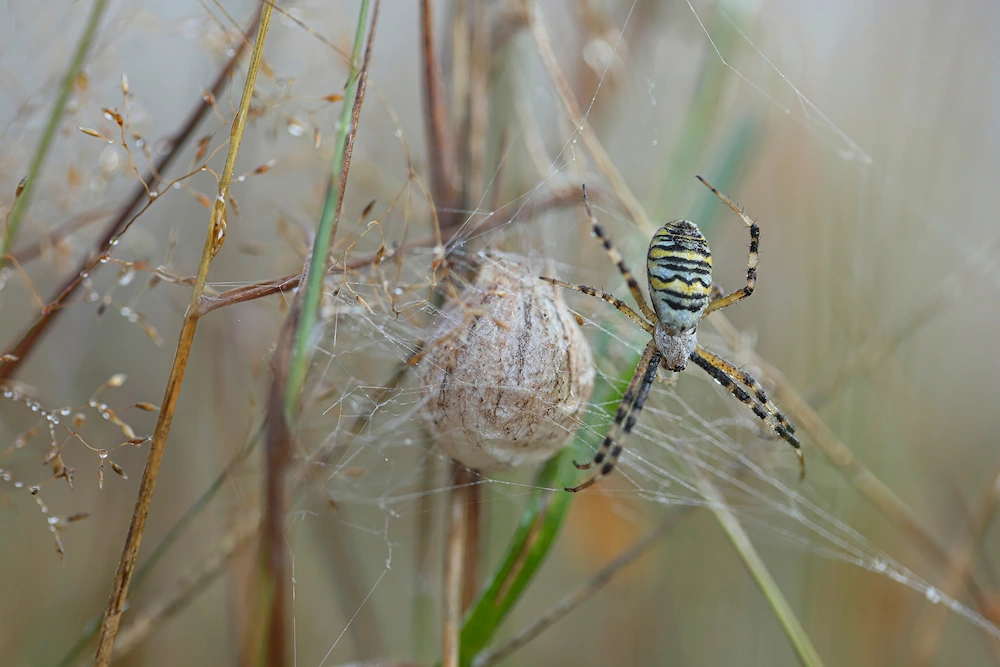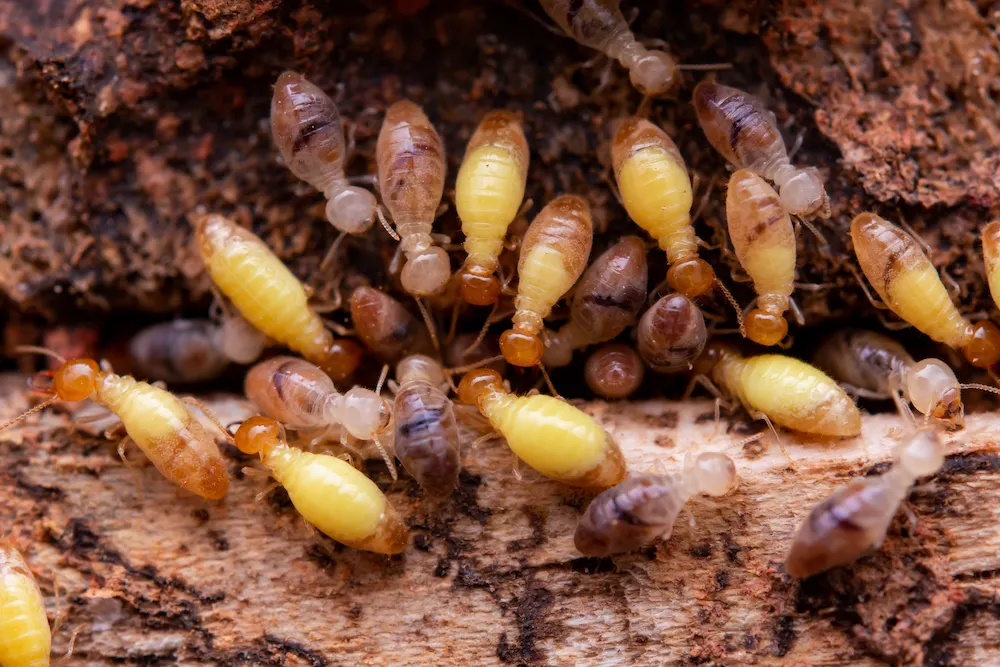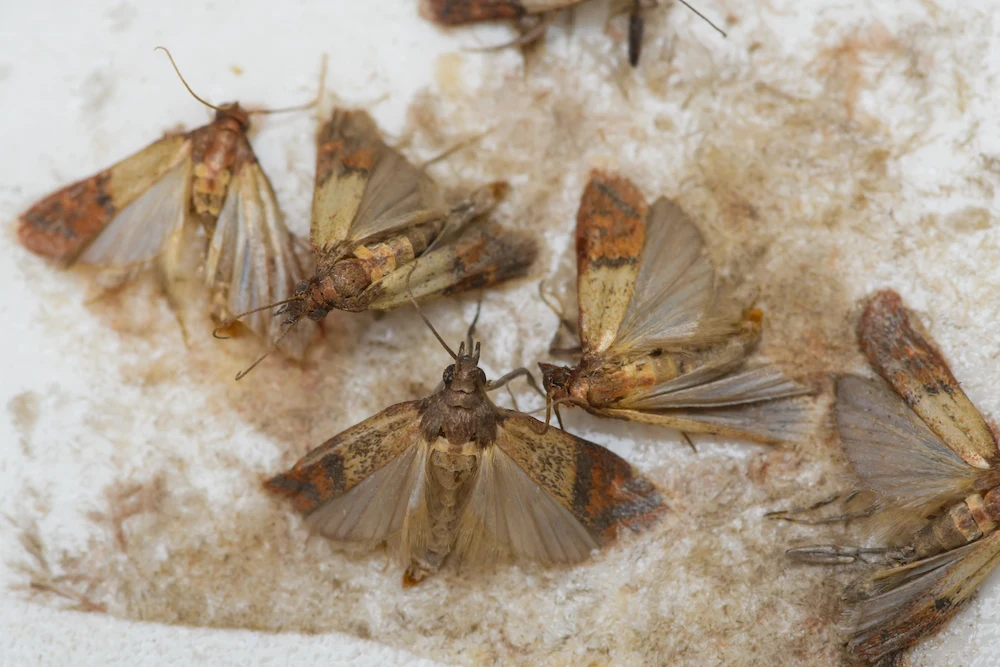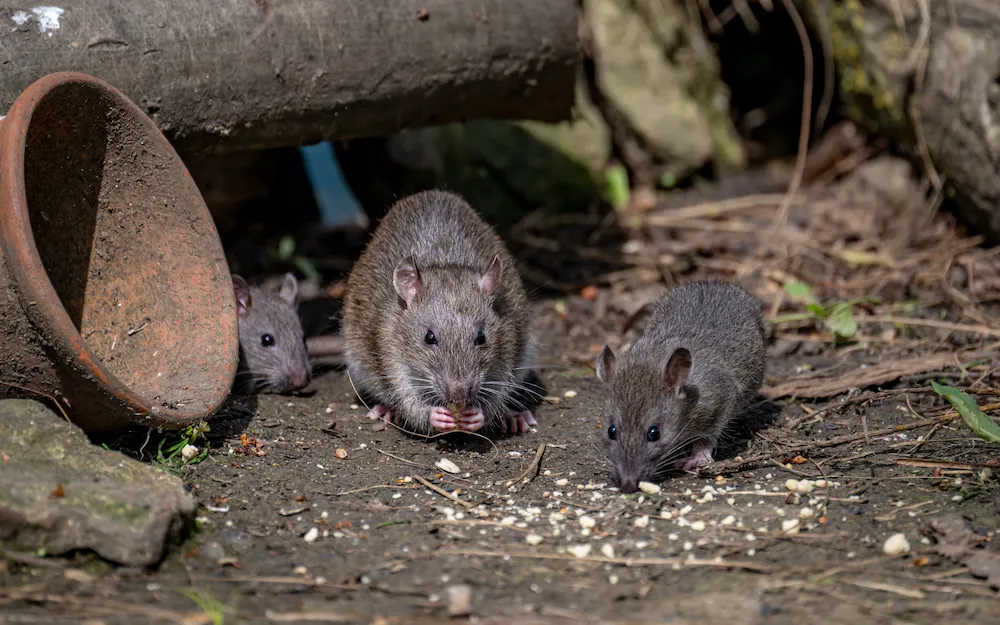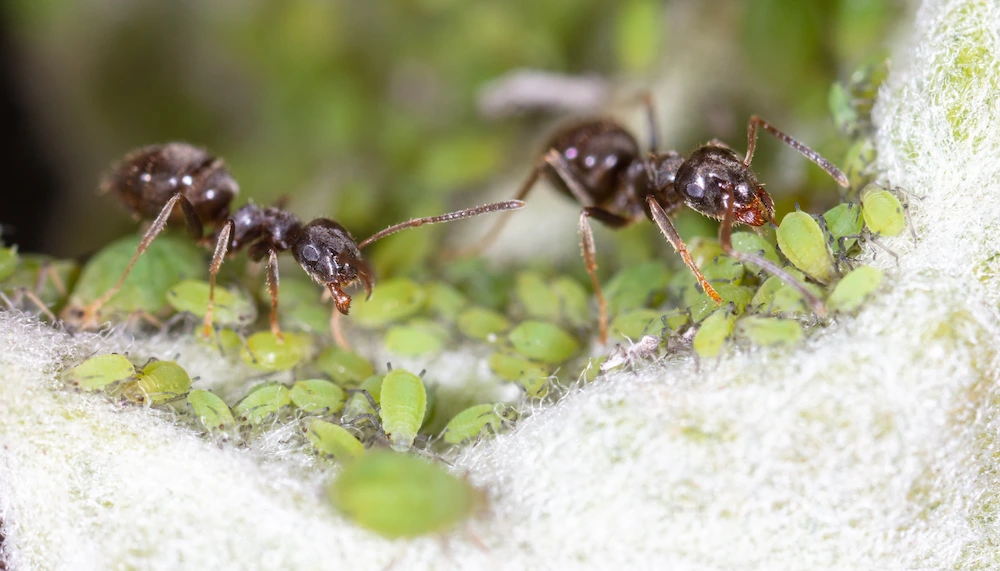8 Types of Pest Families and How They Work Together
8 Types of Pest Families and How They Work Together
Summary: Illinois homes rarely face a single pest in isolation. This guide explains the main pest families—ants, cockroaches, flies/mosquitoes, stinging insects, spiders, termites, pantry pests, and rodents—and shows how their behaviors overlap and even enable one another. It closes with practical steps to break that “teamwork,” from moisture control and exclusion to professional IPM.
Pests don’t show up alone. In Illinois homes and businesses, different “families” of pests, including eusocial insects (ants and termites) and opportunistic mammals (rats and mice), often interact in ways that amplify the mess, damage, and health risks. Understanding who’s who and how they operate (and sometimes collaborate) helps you spot problems faster and shut them down for good.
Let’s meet the most prevalent pest families and see how they use their numbers to their advantage!
What Do We Mean by “Pest Families”?
In this context, “family” is a simple way to group pests by how they live and behave, not by strict biology. Think of it as practical categories of pests you’ll see around West Chicago and beyond: ants, cockroaches, flies, mosquitoes, stinging insects, spiders, termites, stored‑product pests (like pantry moths), and rodents. Pest families have habits that determine where they nest, what they eat, when they’re active, and how fast they can reproduce.
Ants: The Eusocial Organizers
Ants (carpenter, pavement, odorous house ants, etc.) live in highly organized colonies with queens, workers, and the brood. They communicate with pheromone trails, which is why crumbs on the counter can go from one scout to a marching line in hours.
Carpenter ants don’t eat wood, but they excavate galleries in damp or softened lumber, which creates structural concerns. Since the colony is the source, sprays that only hit foragers won’t solve the root cause. You need to locate and eliminate the nest and address moisture conditions to eliminate ants.
Cockroaches: Night‑Shift Scavengers
German, American, and Oriental cockroaches favor warm, humid, food‑rich zones. That’s why kitchens, break rooms, and basements are often their favorite locations. These families grow quickly since females breed often, producing 6 to 8 egg cases (oothecae) a year.
Roaches contaminate surfaces and food everywhere they go. Their droppings and shed skins can also aggravate allergies and asthma symptoms in sensitive groups. They’re excellent hitchhikers, so sanitation combined with exclusion work and targeted treatments are crucial.
Flies & Mosquitoes: The Breeding‑Ground Finders
House flies, drain flies, and fruit flies thrive where organic matter collects. The most common places include garbage rooms, floor drains, mop buckets, sinks, and overripe fruit. Mosquitoes just need half an inch of water to breed, so even clogged gutters, toys, and planters will do the trick if they’re soaked.
In the case of both flies and mosquitoes, eliminate their breeding sites to dramatically reduce populations. This means eliminating extra moisture around the house and yard. Combine this act with professional larvicide and barrier treatments for lasting results.
Stinging Insects: Paper Engineers with Painful Defenses
Paper wasps, yellow jackets, and hornets build intricate paper nests and defend them aggressively, especially in late summer when colonies peak. Like ants, most stinging pests live in colonies with one queen and hundreds or thousands of workers.
DIY nest removal is risky and not recommended. When they sense a threat, these pests emit an “alarm” pheromone to tell their fellow workers to defend their colony against the threat. Professional removal and residual protection around eaves, soffits, and play areas is the safer route.
Spiders: The Opportunistic Predators
Spiders are independent creatures. Instead of colonies, each family is cared for by the mother until the spider-lings are old enough to survive on their own. Most mothers just guard their egg sacs, but wolf spiders carry their young around for two weeks!
Most spiders are harmless and helpful since they feed on insects, but indoor webbing and surprise encounters are no fun. Reducing their food – aka insects – and sealing gaps around doors, windows, and utility lines lowers sightings without heavy product use.
Termites: Silent Wood‑Destroyers
Eastern subterranean termites are Illinois’ primary structural threat. Colonies live in the soil and travel through hidden mud tubes to feed on cellulose. The queen’s only job is to constantly produce eggs for her 25 years of life, so termite colonies grow immeasurably fast.
Because damage can remain invisible for a long time, prevention (soil/structural monitoring or baiting systems) is key. Swarmers in spring, discarded wings on windowsills, and pencil‑wide mud tubes are red flags that need immediate attention.
Stored‑Product Pests: Pantry Invaders
Indianmeal moths, flour beetles, and grain weevils hitch a ride home in bulk goods or pet food. These are some of the sneakiest pests because they feed and reproduce inside idle packages. Since they flourish in forgotten packages and spill zones, stored-product pests grow their families under the radar.
There are a few easy fixes for a stored-product pest invasion, all of which involve decluttering and cleaning of some kind. Discard infested items, deep‑clean shelves, store dry goods in airtight containers, and monitor the situation with traps.
Rodents (Rats & Mice): The Tag‑Team Disruptors
Norway rats, roof rats, and house mice are intelligent, adaptable, and prolific. They gnaw constantly (creating a fire risk around wiring), contaminate surfaces, and create hidden runways. Female rats and mice average 60 to 100 pups a year, so their family reunions must be massive events!
Rodent elimination is a multi-step process, but it’s worth it to have a home free of these filthy pests. A successful program blends exclusion (with door sweeps and gnaw‑proof mesh), sanitation, trapping with targeted baiting, and follow‑up services — especially as temperatures drop in fall.
How Pests “Work Together” (and Make Things Worse)
Different pest families often create synergy, where one makes life easier for another:
- Ants + Aphids: Ants “farm” aphids for honeydew, protecting them on landscape plants. Outdoor populations can spill toward foundations and entry points.
- Moisture + Carpenter Ants & Roaches: Chronic leaks and humidity attract multiple groups at once: ants for nesting, roaches for shelter and food residue.
- Rodents + Insects: Rodent droppings and food stashes feed insects. Gaps gnawed by rodents become doorways for other pests.
- Clutter + Every Pest: Storage rooms, garages, and basements with clutter create shelter for spiders (as they follow their insect prey), rodents, and cockroaches.
- Landscaping + Grounded Pests: Overgrown shrubs and mulch against siding create humid, hidden highways for ants, spiders, and occasional termites.
Pro Tips to Break the Pest Teamwork
Family is important in all of its forms, but that doesn’t mean we want pest families living in our houses! These are our top tips for preventing pest families from making your home their own:
1) Moisture control: Fix leaks, run dehumidifiers in basements/crawlspaces, and keep gutters clear.
2) Sanitation: Store food in sealed containers, wipe up after meals, manage garbage daily, and deep‑clean under and behind appliances.
3) Exclusion: Seal utility entrances, weather‑strip doors, repair screens, install door sweeps, and cap chimneys where appropriate.
4) Yard hygiene: Trim vegetation away from siding and rooflines, and keep mulch and firewood away from the foundation.
5) Monitoring: Use glue boards, pantry traps, and regular visual checks for droppings, gnaw marks, wings, or mud tubes.
6) Professional IPM: Integrated Pest Management combines inspection, habitat modification, low‑impact products, and follow‑ups to stop current activity and prevent rebounds.
Learn More & Next Steps
If you want more information on these problematic pest families, check out our pest library! Regardless of your specific pest problem, the most efficient way to protect your home from these pests is with Pointe’s reliable services.
Ready to begin your journey to a pest-free home? Request a free quote or inspection today! We’ll build a plan tailored to your home or business and the specific pest families at play.
Citations
Hahn, J. & Kells, S. (2024). Carpenter ants. University of Minnesota Extension. Retrieved September 24, 2025, from https://extension.umn.edu/insects-infest-homes/carpenter-ants
Request a Free Quote Today
(We do not share your data with anybody, and only use it for its intended purpose)

